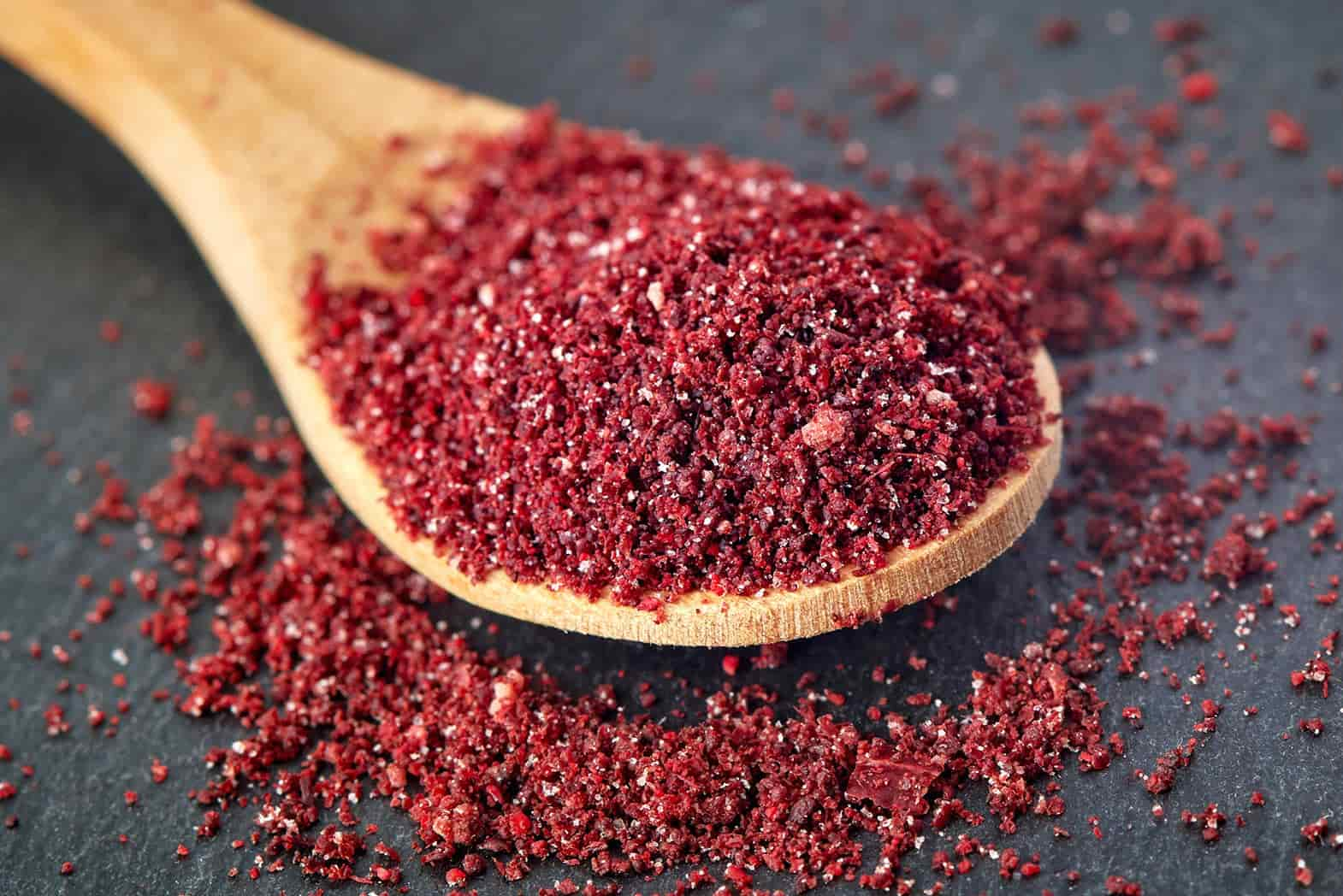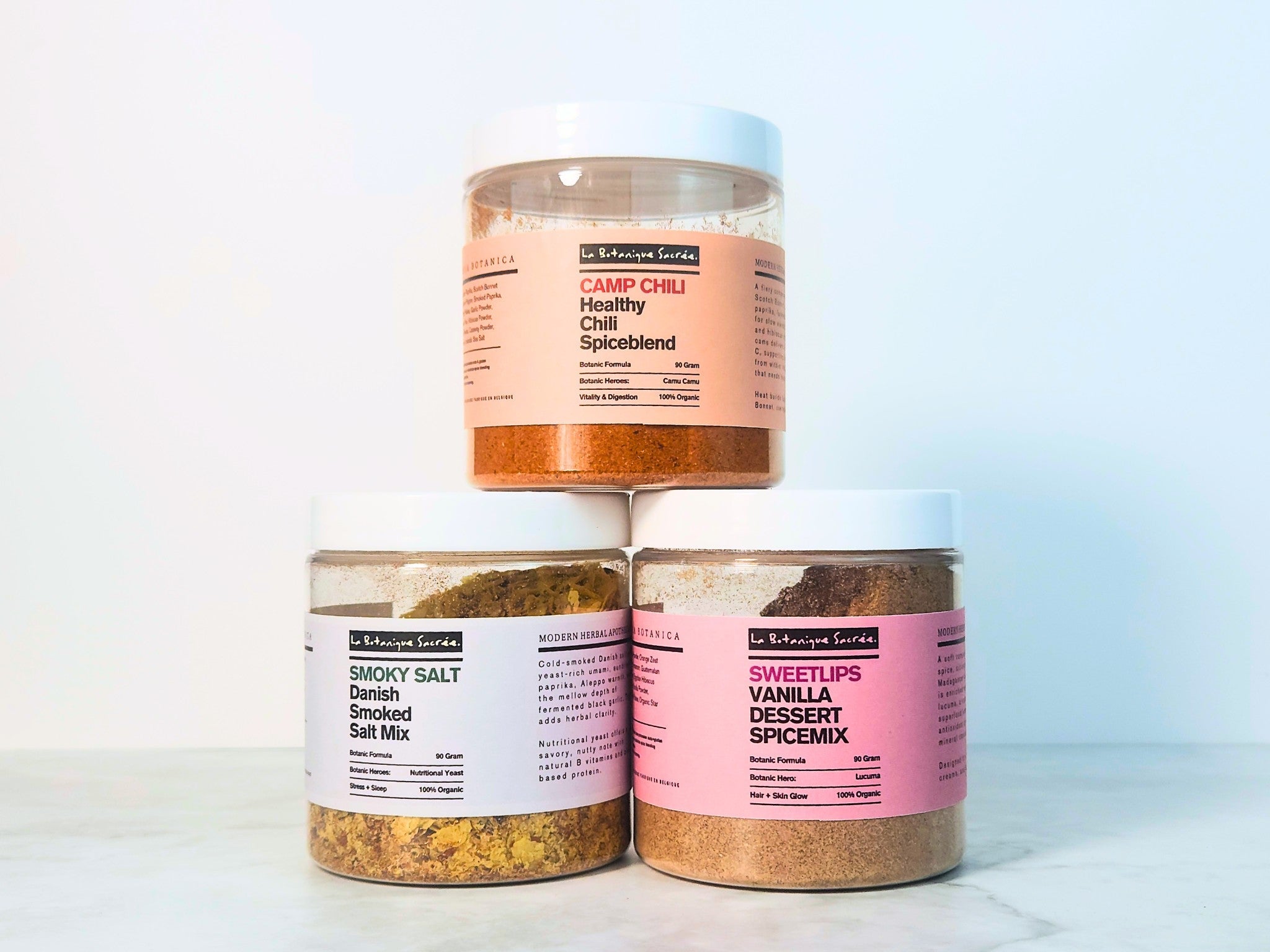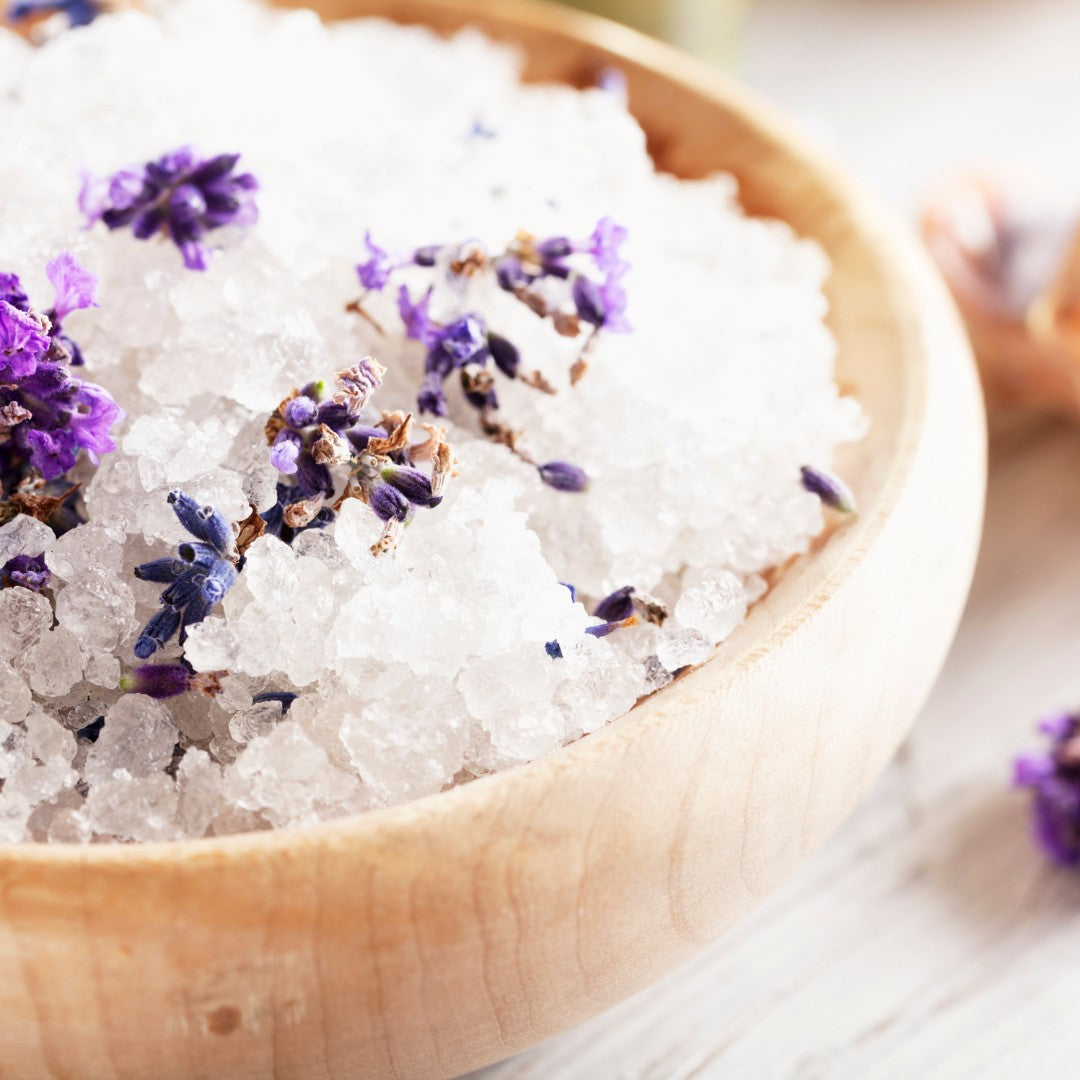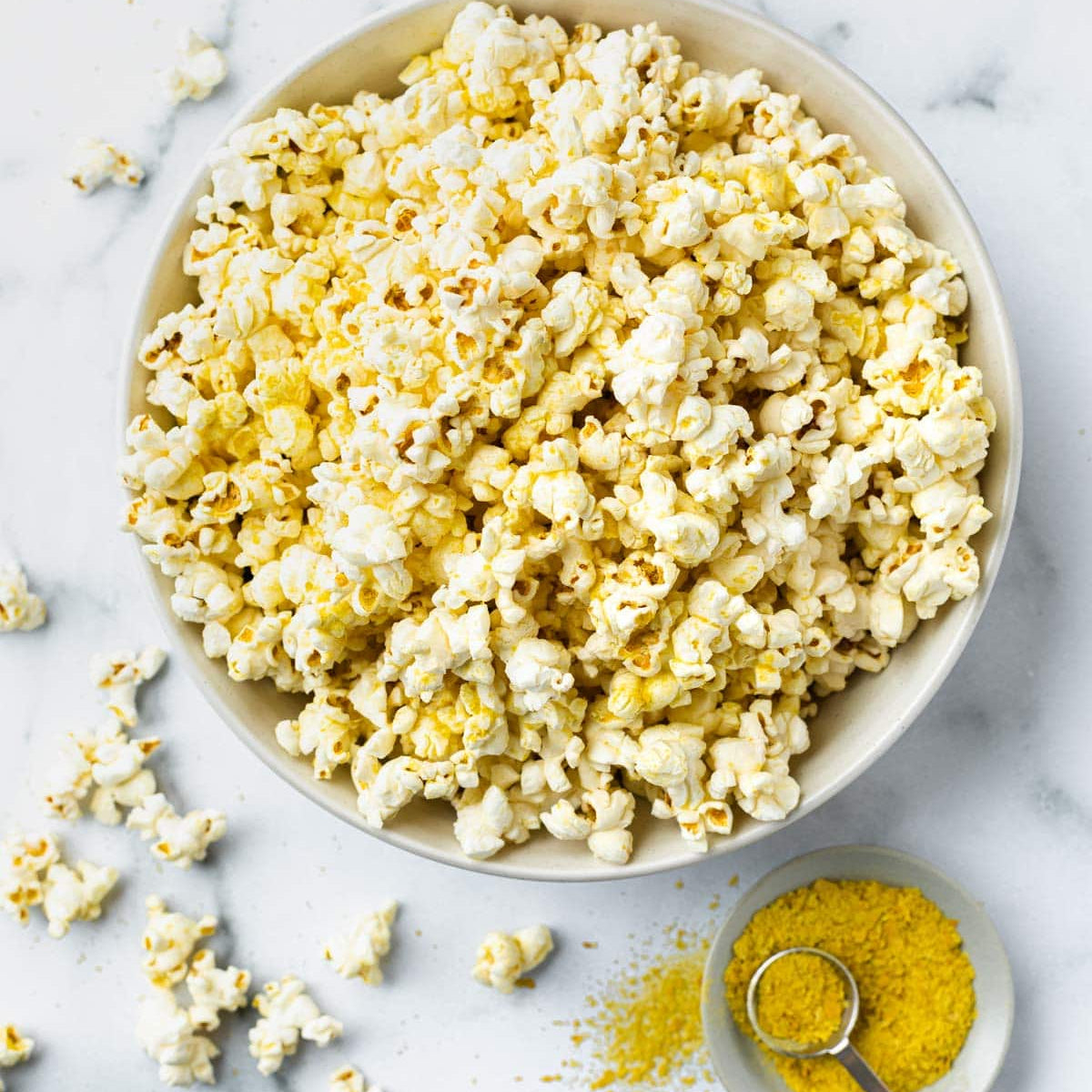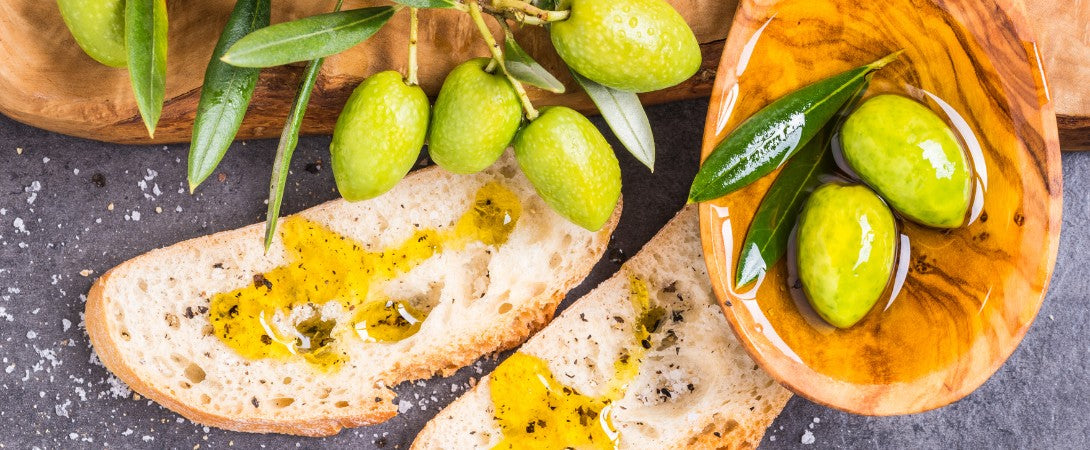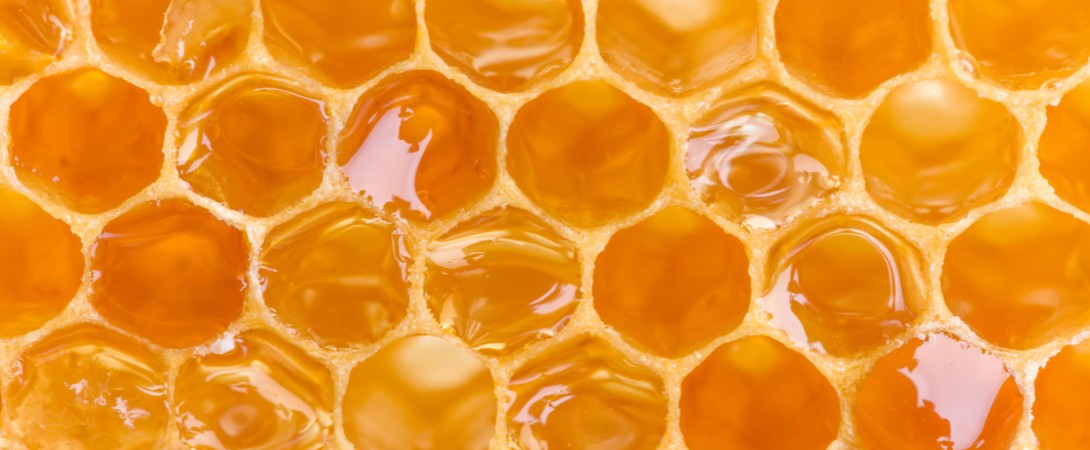Sumac for a bright and clean tangy flavor
Sumac powder glows crimson, tastes like sun-dried lemon, and comes from a hardy sumac tree that dots hillsides from southeastern Turkey to Sicily. If you catch yourself asking “ What is sumac ?” the short answer is a tart spice made by drying and grinding the berries of Rhus coriaria into a velvety powder.
Science and Composition
Chemical Composition
Sumac powder carries about eight percent organic acids, mainly malic and citric, that create its sharp tang.
Essential oil is low—under one percent—but still delivers β-pinene and limonene for gentle pine-citrus lift.
Laboratory screens report polyphenols above 300 mg gallic-acid equivalents per 100 g, giving strong antioxidant power.
Ellagic and galloyl tannins add color and a dry finish that cleans the palate
Origin & Nutritional Composition
Wild shrubs on sunny slopes near Gaziantep, Turkey, supply La Botanique’s single-ingredient sumac powder.
Pickers gather ripe clusters in early autumn, crush them lightly, air-dry the pulp, then sieve away the seeds: a classic method also described by artisanal processors.
Five grams deliver roughly 14 kcal, two grams fibre, traces of iron, and virtually no sodium, making sumac a smart spice to add to salty compositions.
Reported Health Benefits
Clinical work shows that three grams of sumac spice daily helped improve insulin resistance and lipid markers in people with type 2 diabetes after three months pmc.ncbi.nlm.nih.gov .
Other studies link the berry’s polyphenols to strong in-vitro antioxidant activity and balanced inflammatory pathways pmc.ncbi.nlm.nih.gov sciencedirect.com .
Traditional Levant households sip warm cinnamon and spice teas spiked with sumac to calm rich meals, a folk use likely supported by the berry’s organic acids and tannins that aid digestion
Heritage and Function
Cultural Significance & Historical Significance
Greeks took the name “sumak” from a Semitic root meaning “red,” and Romans used the berries to dye wool burgundy long before tomatoes reached Europe.
Ottoman cooks folded it into grilled meats and musakhan, while medieval European recipe books featured sumāqiyya stews for the elite.
Shepherds in Anatolia crushed berries into water for a field drink nicknamed “country lemonade,” showing how sumac tree fruit doubled as refreshment and seasoning.
Black-smoked black cardamom steadies barbecue, but bright red sumac lifts salads and creamy dips, an east-Mediterranean yin-yang of acid and smoke celebrated in za’atar mixes today
Flavor Profile
Fresh sumac is lemon-zesty with a light raspberry echo and a crisp, short astringency. Food & Wine compares it to citrus zest plus earthy depth, perfect for sprinkling over hummus or grilled fish.
Blooming the powder in olive oil tames the acidity, delivering a wine-like whisper great for dressings
Early Arabic scribes mixed ground berries with gum arabic to make red ink for Qur’anic calligraphy.
North American staghorn relatives make “Indian lemonade,” but poisonous sumac bears white berries, good reason to know your botany.
Pure product should list only berries; processors sometimes add salt to hold colour, a filler La Botanique refuses to use
La Botanique Sacrée's Approach
Berries arrive dried, unsalted, and vacuum-packed, moisture under eight percent and color checked by CIELAB scan for consistent vermilion hue.
MY ZESTIE - Fruit-finishing Icelandic flake salt with sumac, hibiscus and citrus for tart brightness.
L’AVOCAT - Avocado topper where sumac and yuzu sharpen a savory sesame and dulse base.
TRU ZA’ATAR - Palestinian Lebanese style za’atar with wild thyme, sumac and toasted sesame.
LA TOMATE - Mediterranean tomato spice with wild oregano, fennel and a tart sumac accent.
PEP’RONI - Pepperoni inspired pizza topper featuring sumac among chilies, smoked salts and herbs.
YELLOMAYO - Turmeric mayo seasoning with ground sumac for citrus tang.
NOOCHAS — Dill Pickles - Dill ranch nooch; gentle tang from sumac and lemon peel.
NOOCHAS — Lovin’ Lovage - Herbaceous nooch with lovage and a light sumac lift.
NOOCHAS — Smoked Paprika - Snackable smoked paprika nooch finished with sumak.



